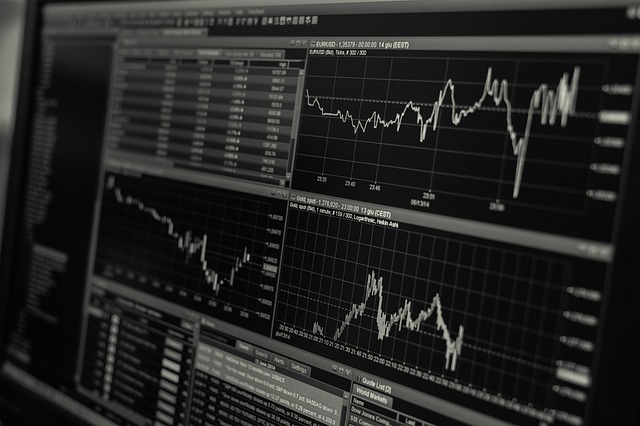I have long believed that digital ledger technology (DLT) will be so disruptive in so many sectors throughout the world that it will one day be bigger than the Internet, and I am not alone in that view.
Computerworld.com senior reporter Lucas Mearian wrote in January 2019 that DLT displays the same sort of potential once shown by TCP/IP, the framework for the worldwide web. No one could have pictured a quarter-century ago that the Net would be such an integral part of our everyday lives, yet here we are.
And here comes DLT, a decentralized ledger most often associated with cryptocurrencies. Such ledgers are, in essence, asset databases capable of being shared among countless participants, with any changes made by any party shared in real time, resulting in increased transparency and security.
DLT is a term often used interchangeably (and erroneously) with blockchain, when in actuality the latter is a form of DLT used in conjunction with bitcoin, the much-hyped crypto launched in 2009.
Mearian cites a Gartner study of CIOs concluding that whereas just one percent of companies had put DLT to use in the spring of 2018, that number had increased to 3.3 percent less than a year later. Mearian believes that that trend will only continue, and others agree, noting the way in which DLT is expected to reduce infrastructure costs by no less than $20 billion by 2022.
DLT’s reach is expected to be wide-ranging. One report lists 13 use cases, another 21. Particularly notable are the following:
- Elections: Because e-voting is secure and convenient — i.e., there’s no need to travel to a polling place — it is viewed as a method by which turnout can be increased, while minimizing the possibility of voter fraud. It was enacted in a non-governmental situation in 2016, when Nasdaq and the Republic of Estonia put in place a system that enabled shareholders of companies listed on the Tallinn Stock Exchange to vote in shareholder meetings. Pursuing this same approach to managing voting in U.S. elections could prove to be materially effective, particularly in view of the fact that according to a 2018 Pew Foundation study, the U.S. ranks. as 31st among 35 developed nations in voter participation. In 2016, West Virginia became the first state in the Union to employ DLT-based technology in a primary, representing a potential sign of things to come in evolving election processes in this country.
- Healthcare: DLT is seen as being particularly critical in this space, where patient identification and information blocking remain enormous concerns. There is no uniform method for identifying patients, which can lead to errors on the part of the provider and harm to the patient. Information blocking — described as “an unreasonable constraint imposed on the exchange of patient data or electronic health information” — is widespread. Both issues can be alleviated by DLT, since electronic medical records can be made accurate, secure and free from potential interference.
- Real Estate: DLT’s most significant impact here is in the area of smart contracts, since it is possible for a buyer and seller to complete a deal more efficiently (and, again, more securely) via this technology; neither brokers nor attorneys need to be involved. ShelterZoom, a New York City-based startup, is planning to launch a platform that does just that in early 2019, and some 90 brokerages around the world have tested it. Property data could also be stored in an online ledger, though Hunter Perry, Senior Manager of Strategic Growth at Compass, cautioned in a piece for Forbes that transferring current records would be a Herculean task.
- Supply Chain: Because of DLT, it is possible to track all facets of logistical processes. Any party involved can know the nature, quality, quantity and ownership of whatever item (or items) are being moved through the pipeline, and can be aware of it in real time through such technology as barcodes. That is of no small consequence to producers, manufacturers and inspectors, as well as consumers. Anyone can be involved in quality control, which is particularly critical when it comes to matters like food safety.
From my vantage point, the future value proposition of DLT cannot be adequately quantified, because the opportunities are so vast and boast disruptive potential for game-changing innovation and enhanced efficiencies across a growing number of sectors and industry applications. Nonetheless, make no mistake: DLT is the future and great wealth will undoubtedly be created for those who embrace it and successfully harness its dynamic potential.






